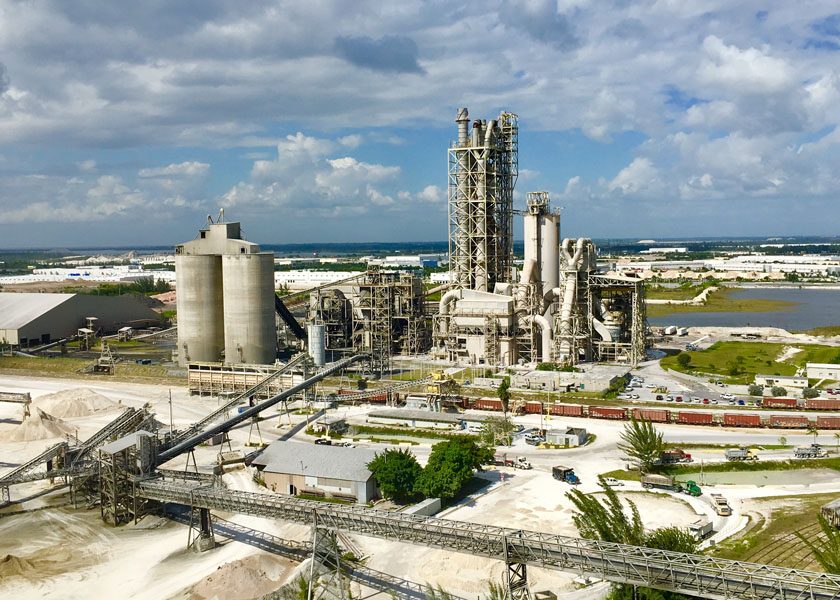Caltrans approved the use of low-carbon cement to help reduce the carbon footprint of California’s transportation system. Switching to portland-limestone cement (PLC) has the potential to reduce carbon dioxide emissions by 28,000 tpy – the equivalent of removing more than 6,000 cars off the road.
By advancing the use of PLC, Caltrans said its road construction and maintenance projects can generate less carbon dioxide with the same high performance standards at a slightly lower cost.
“Using low-carbon cement can cut Caltrans’ concrete-related carbon dioxide emissions annually by up to 10%. This is a big step in supporting California’s efforts to achieve carbon neutrality by 2045,” said Toks Omishakin, Caltrans director.
The new low-carbon cement standards are based on Caltrans-funded research conducted at Oregon State University, which concluded that PLC is equally suitable for Caltrans’ construction projects as ordinary cement but with the benefit of a reduced carbon footprint. Throughout the review process, Caltrans worked closely with its partners at the California Air Resources Board and industry experts and stakeholders, such as the California Construction and Industrial Materials Association and the California Nevada Cement Association, to draft the new standard specifications.
Caltrans will continue to work with the California Air Resources Board to reach the state’s goal and achieve net-zero emissions from the cement sector by 2045.



